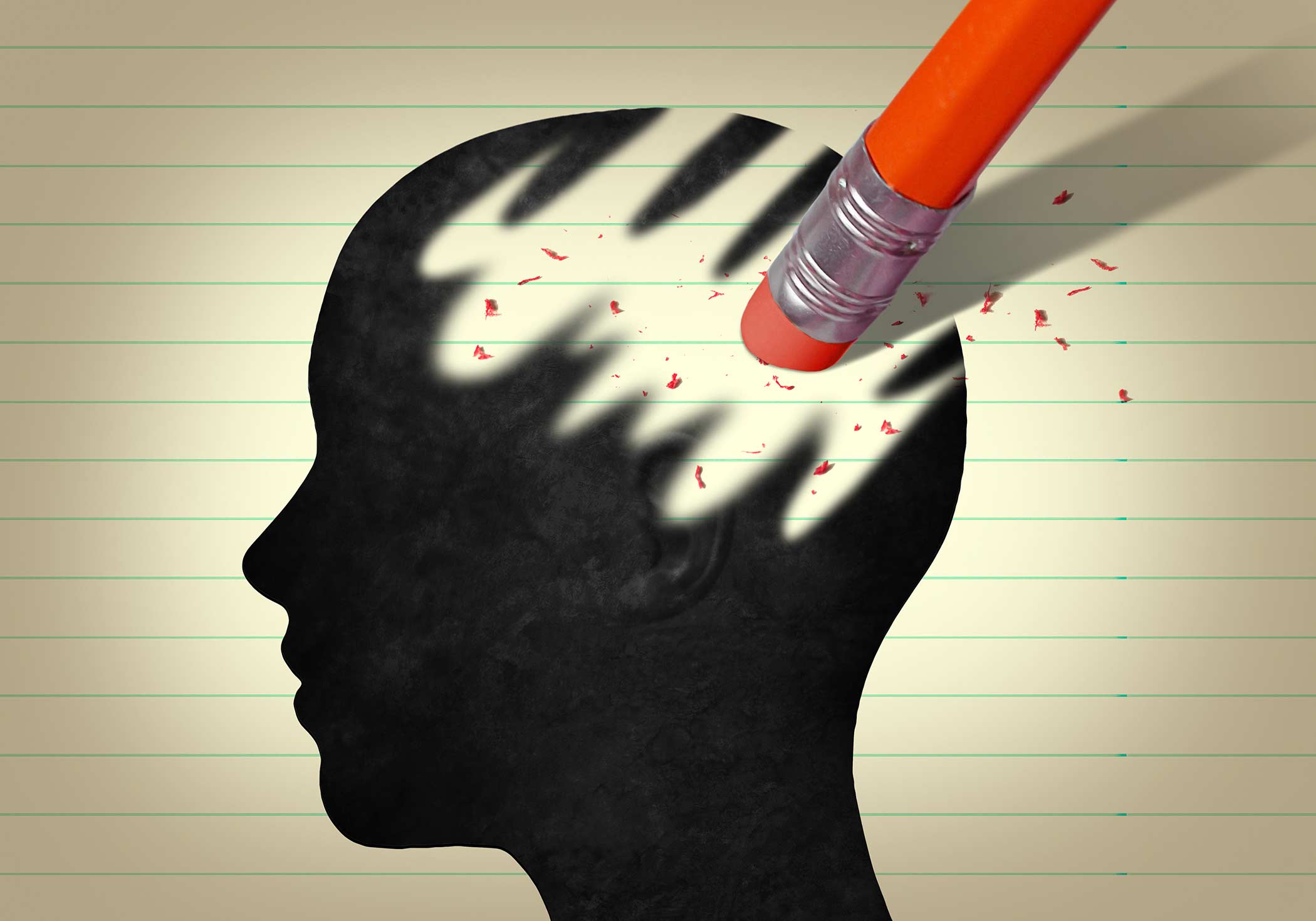Memory Retention Methods Debunked
By Moser Educational Services | May 1, 2019

At Moser Educational, we define “Learning Theory” as the process whereby students absorb, process, retain, and apply knowledge. Unfortunately, we spend relatively little time with our students each week. In fact, some back of the envelope calculations suggest that the average high school student spends 5.6 hours a day in class. Over a typical week, this leads to 28 hours spent in the classroom, to say nothing of the time spent studying and completing homework. However, on average we spend just 2 hours per week with our students or just 7.1% of the time they spend in class.
In order to maximize the efficiency of our time spent with students, it’s critical we understand how the brain learns, create effective lesson plans, and impart study skills to our students broadly, so their time spent in the classroom and studying on their own is as effective as possible.
The most common study methods include re-reading textbook chapters, underlining and highlighting key terms and concepts, forcing an idea into memory during in a single, intense session (i.e., cramming), and waiting until you fully understand something to try and apply it. Unfortunately, science has proven that all of these methods are INEFFECTIVE! Any brief improvement is temporary at best.
So, why did these ineffective methods become so popular? The answer: largely because they are easy, and it’s human nature to seek the path of least resistance. Studying in these ways nearly guarantees that you will fail.
So, what works? The answer: what makes knowledge stick in the long run is effective study methods. These methods are designed to help students realize what they do not know! The science, and legions of scientific papers support the same conclusions, suggests that what works is testing yourself, mixing up things with different kinds of concepts, establishing memory cues, and generally making learning difficult, not easy.
Here are three EFFECTIVE learning strategies that will burn new concepts and knowledge into your long-term memory:
- Simulate the real thing
- Use flashcards correctly
- Build a narrative
Now, let’s briefly examine each of these strategies.
Simulating the Real Thing
It’s a common quip in sports that you ought to “practice like you play, and you’ll play like you practice.” This key bit of wisdom is why the military conducts simulated war games, pilots train on flight simulators, and sports players scrimmage. If all you do is run drills in perfect conditions, you will never be prepared to apply what you know, and you’ll certainly not be prepared to deal with uncertainty.
So, if you are a student, you need to do practice exams under conditions that are as close as possible to the real thing. This is why we offer full-length, proctored practice college entrance exams throughout the calendar year. Yes, we meet with students one-on-one, we teach them new concepts and strategies, and we regularly drill them. But, a huge part of the preparation process is getting students into the uncomfortable situation that is the real exam environment. To conclude, if an AP Language & Composition exam is timed, time yourself. If you do not get access to notes during an exam, refrain from referring to them during a self-administered practice test. Always practice like you play.
Use Flashcards Correctly
Science tells us that most of what we learn each day is quickly forgotten. And, that’s a good thing. I do not need to remember every item on each day’s lunch menu or the color and model of each passing car on the highway. Ever wonder why you can’t remember a person’s name whom you met just once? It’s because the brain is supposed to forget these things.
Research suggests that you have to repeatedly try to remember an item, concept, or detail repeatedly over an extended time in order to bank it in your long-term memory. This requires you to purposefully try to retrieve items from memory. The caveat is that you can’t wait too long nor should you try to solidify an item into memory too quickly. The key is to effectively space out attempts to remember an item in just the right way. We will follow-up with a more detailed blog post on what is termed the “forgetting curve.” But, for now, know that you must test yourself over intervals of roughly a day or two.
Another way to make retrieval more difficult (and please remember learning should always be difficult) is to use a principal called “interleaving.” The idea here is to make your brain shuffle between tasks. For example, study key math formulas, then switch to your Spanish homework, then to English, then back to math. Forcing to the brain to shuffle between tasks has been proven time and again an effective method for retrieval and, therefore, retention.
Build A Narrative
There is a reason why as an adult you still remember algebraic order of operations. If you are like most, a teacher likely explained it as “Please Excuse My Dear Aunt Sally.” In other words, you should conduct operations within parentheses first, then exponents, multiply and divide from left to right next, and, finally, add or subtract. The grammar world’s equivalent is the helpful mnemonic FANBOYS—useful for remembering the coordinating conjunctions “for”, “and”, “nor”, “but”, “or”, “yet”, and “so.” Here in Colorado’s Front Range, we tell our students to remember the density formula as “Denver equals mountains over valleys.” In other words, density equals mass divided by volume.
But, you don’t have to rely on mnemonics alone. If you want to learn something you were taught, try writing about it in your own words from memory. Of course, it is great if you can find someone else to teach you, but this principle works for self-learning too. After reading a page or two in your textbook, try jotting down a summary of what was said in your own words. Ask yourself, “what are the main points here?” The idea is that you need to create hooks that hang memories together. And, I hate to break it to you, but the worst thing you can do is take notes verbatim from a textbook or PowerPoint. Simply, copying another person’s words does little for retention and, ultimately, learning.
Finally, mix up the physical location where you study. Do you always study lying in bed? Do you consistently study at the kitchen counter? Often times, we associate new concepts and items with a particular place, which has a particular smell, sound, and feel to it. Try to mix up the location where you study, and don’t forget—test yourself and interleave.
If you are interested in learning more about learning theory and how we can create a study skills program for your son or daughter, please contact our team at (720) 605-6622 or via email at info@mosereducational.com.
